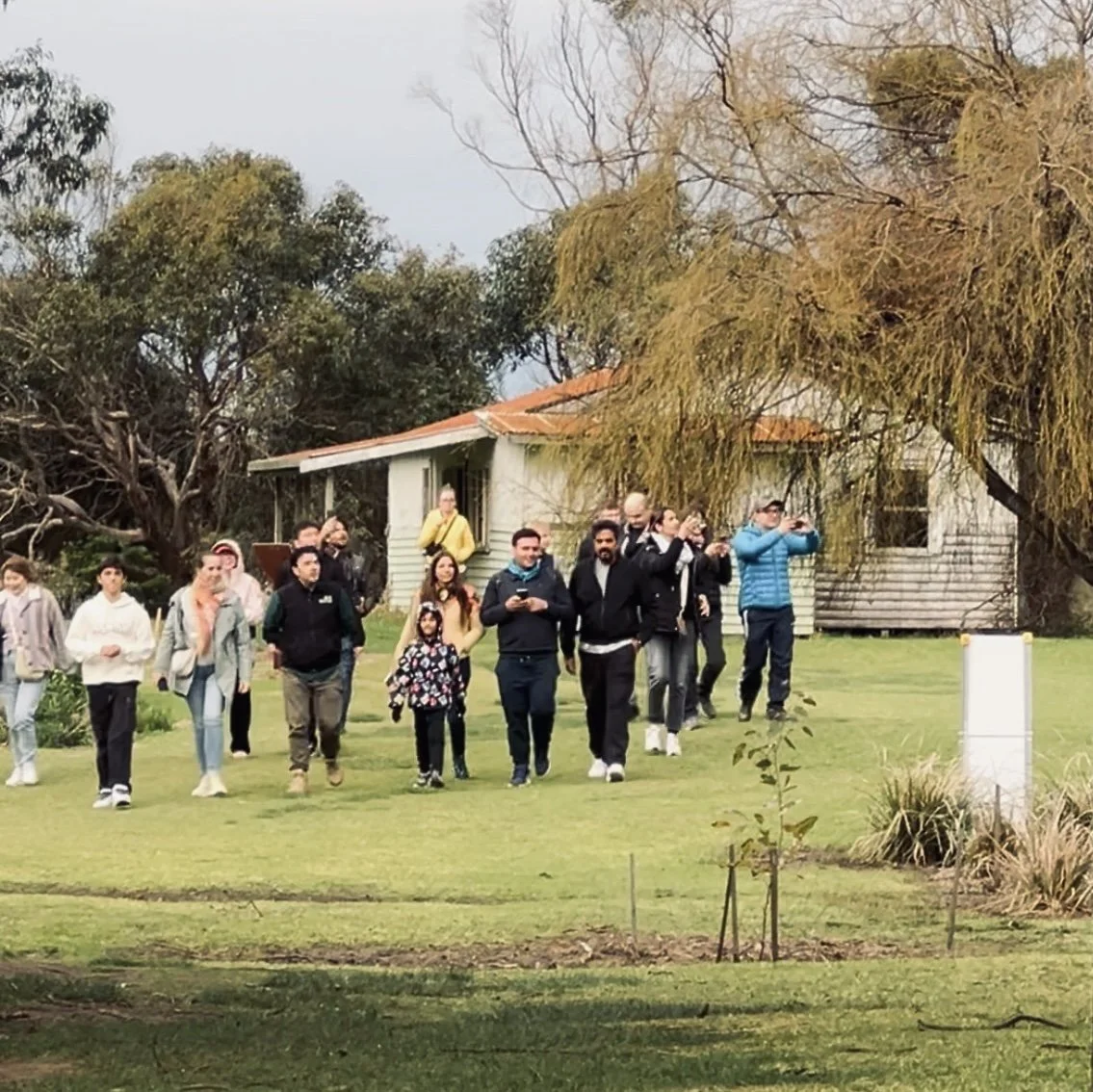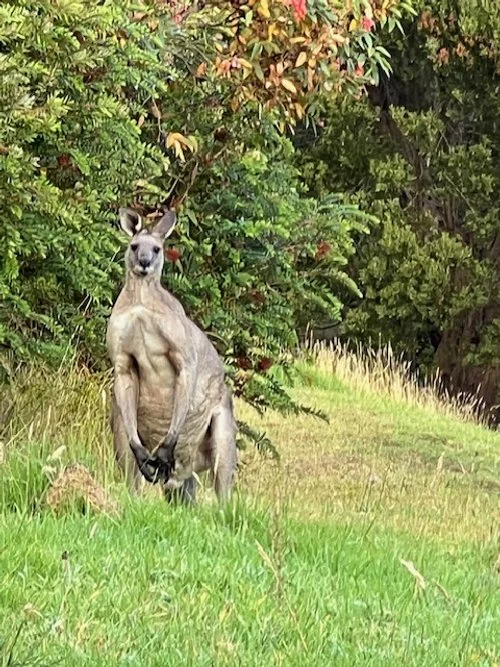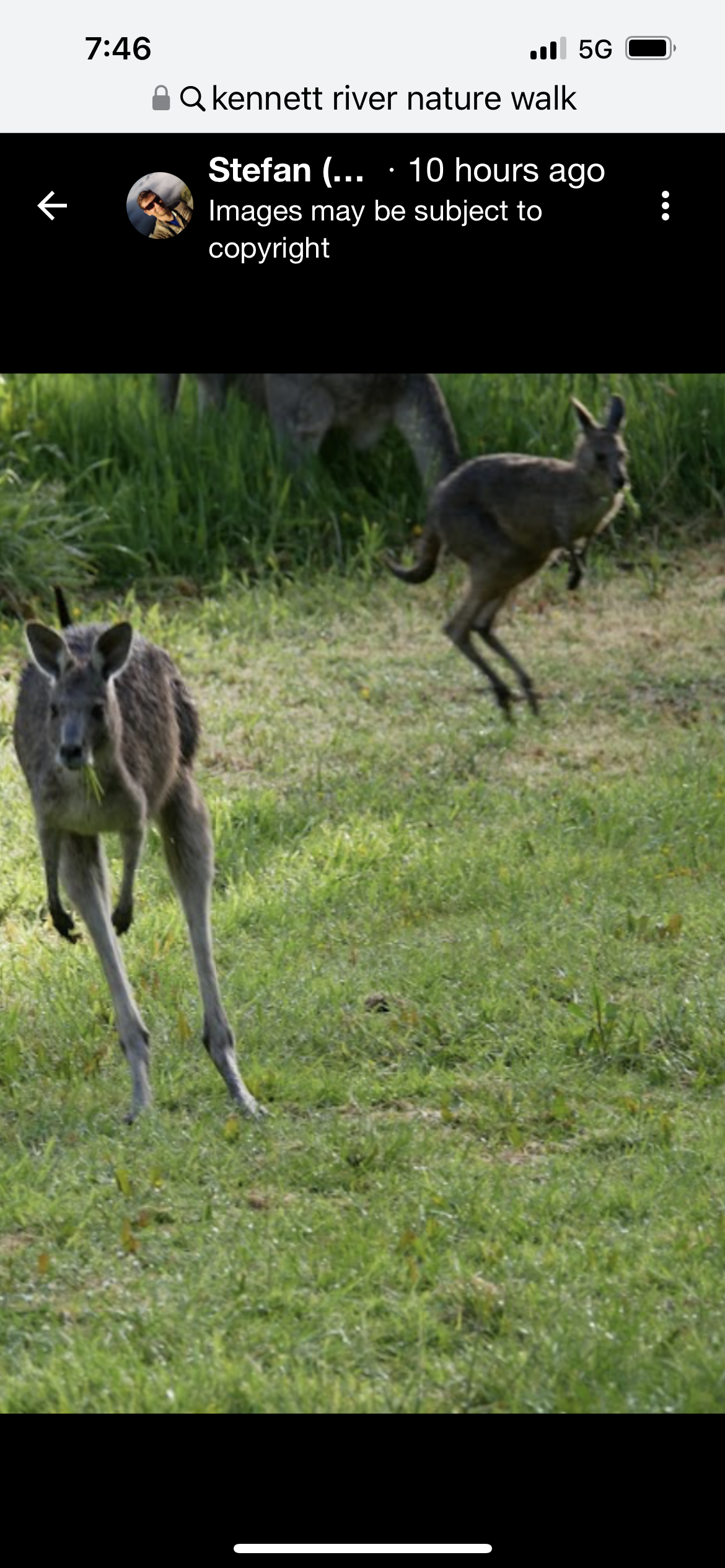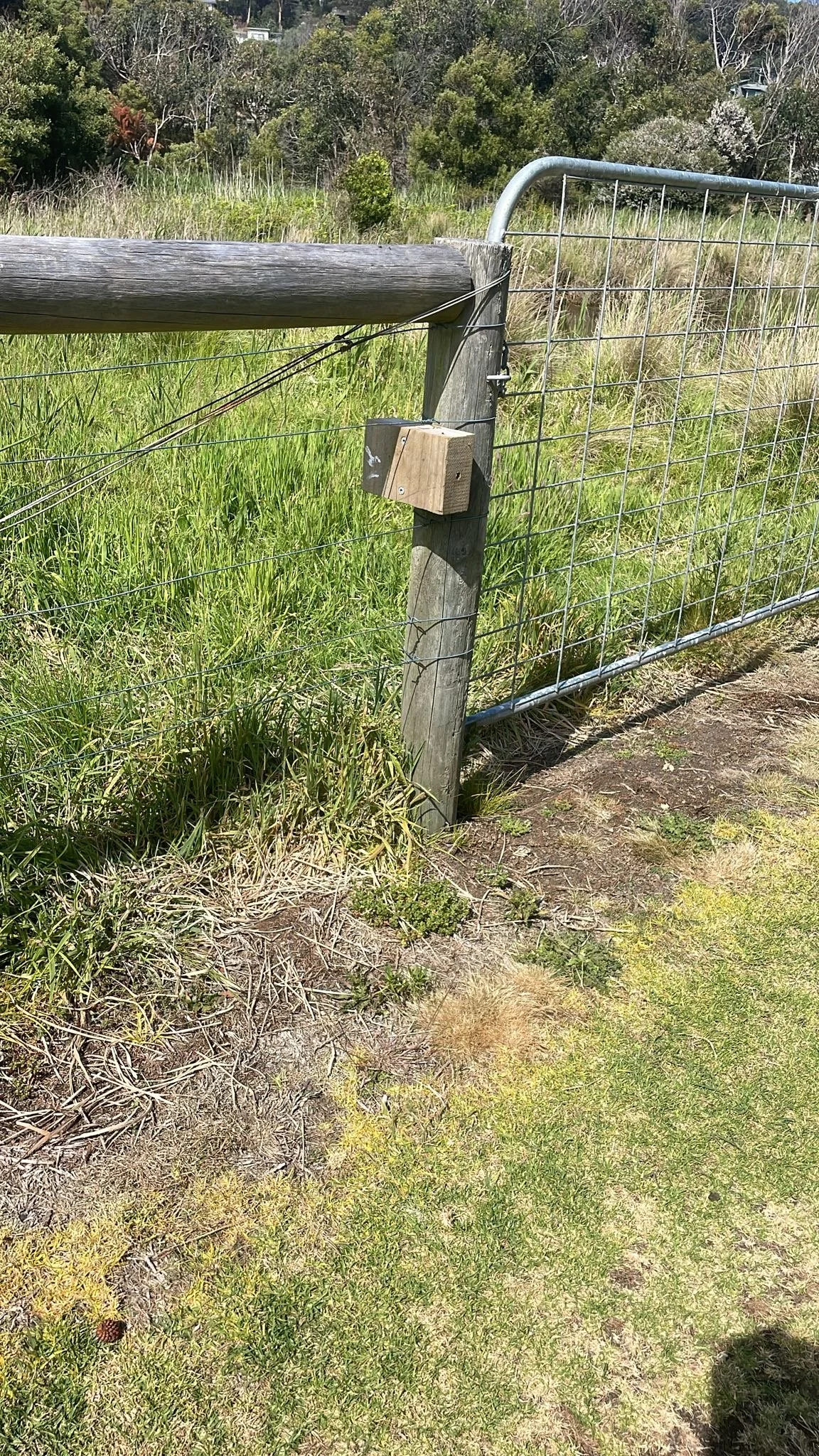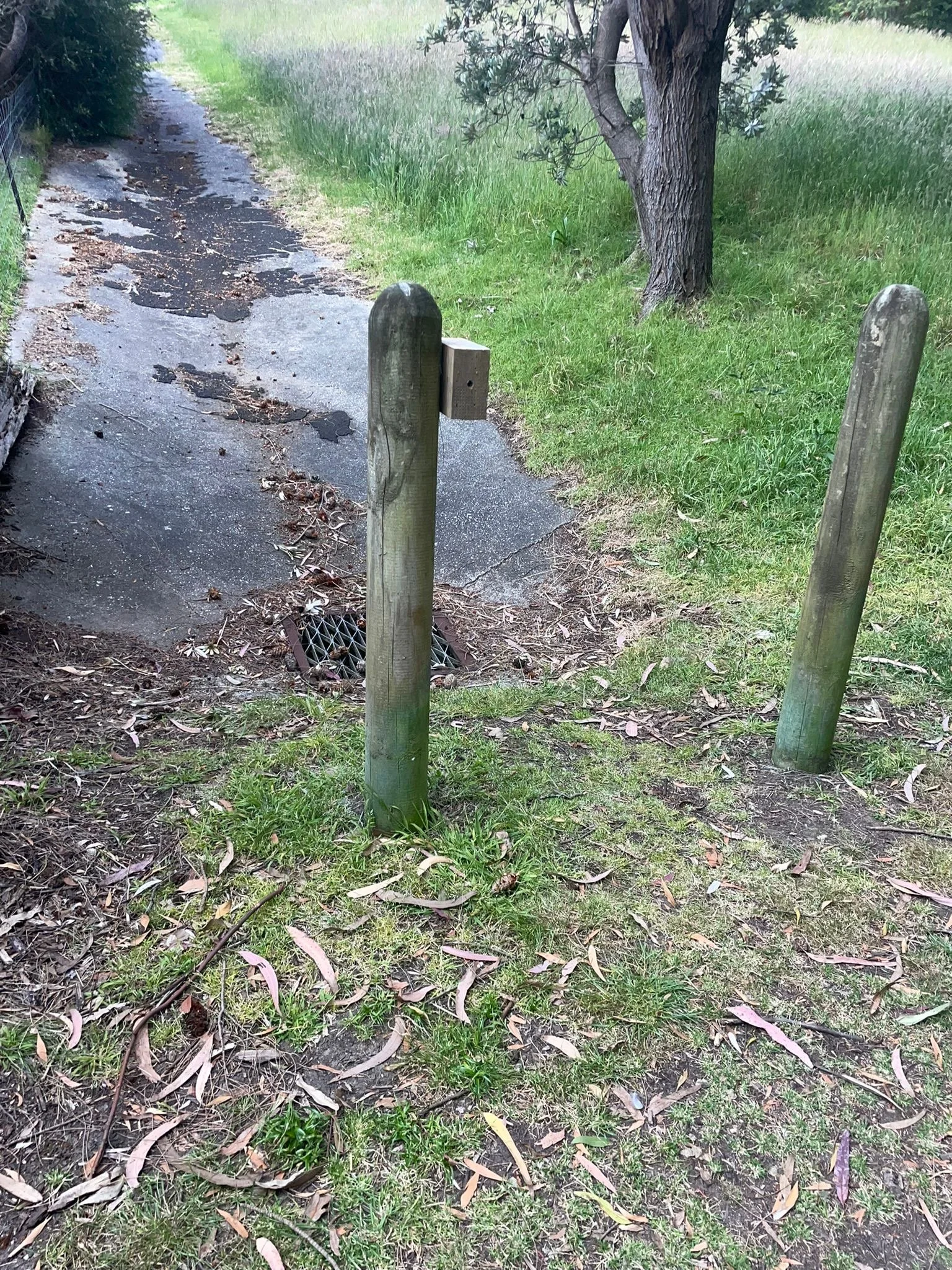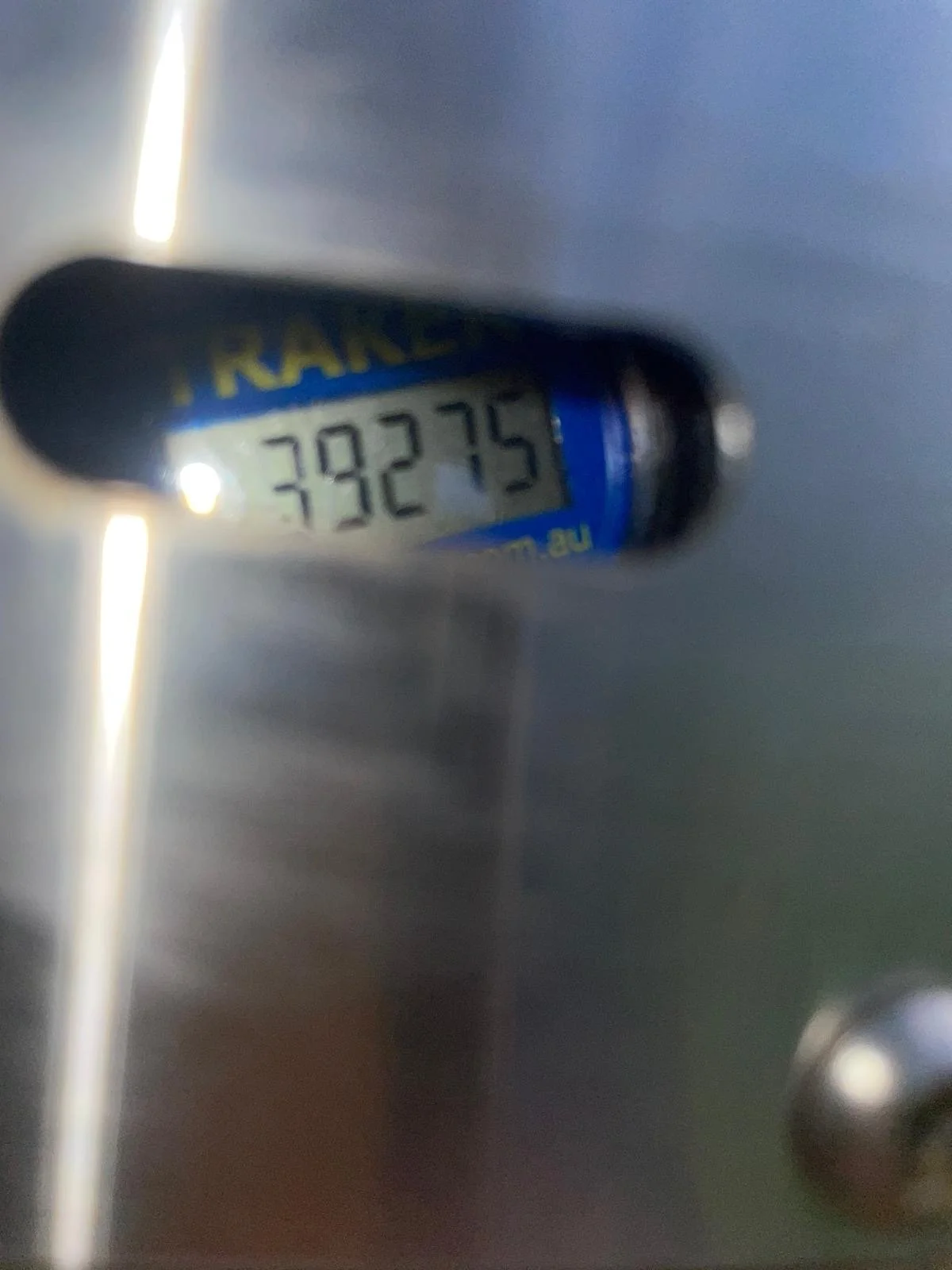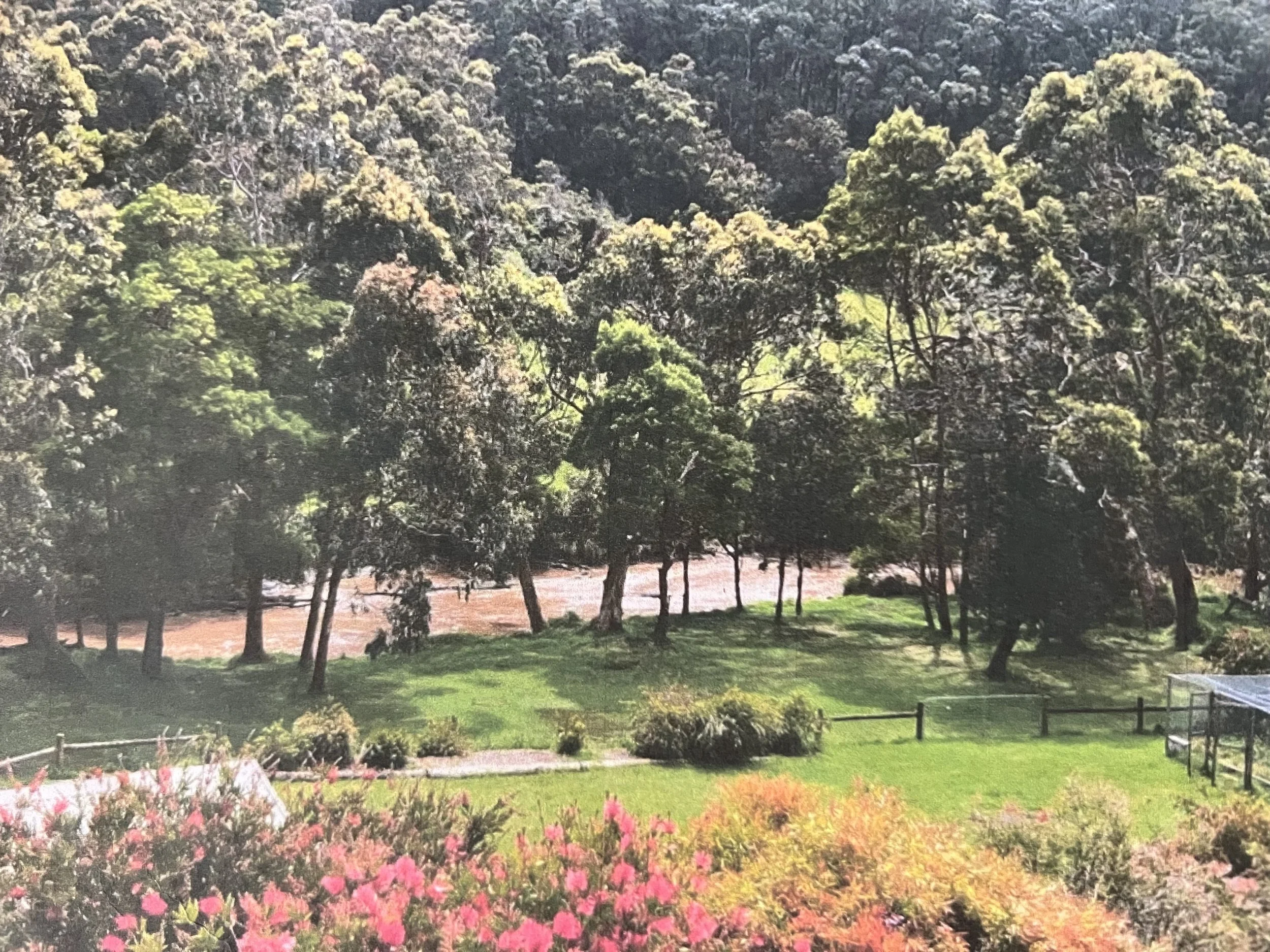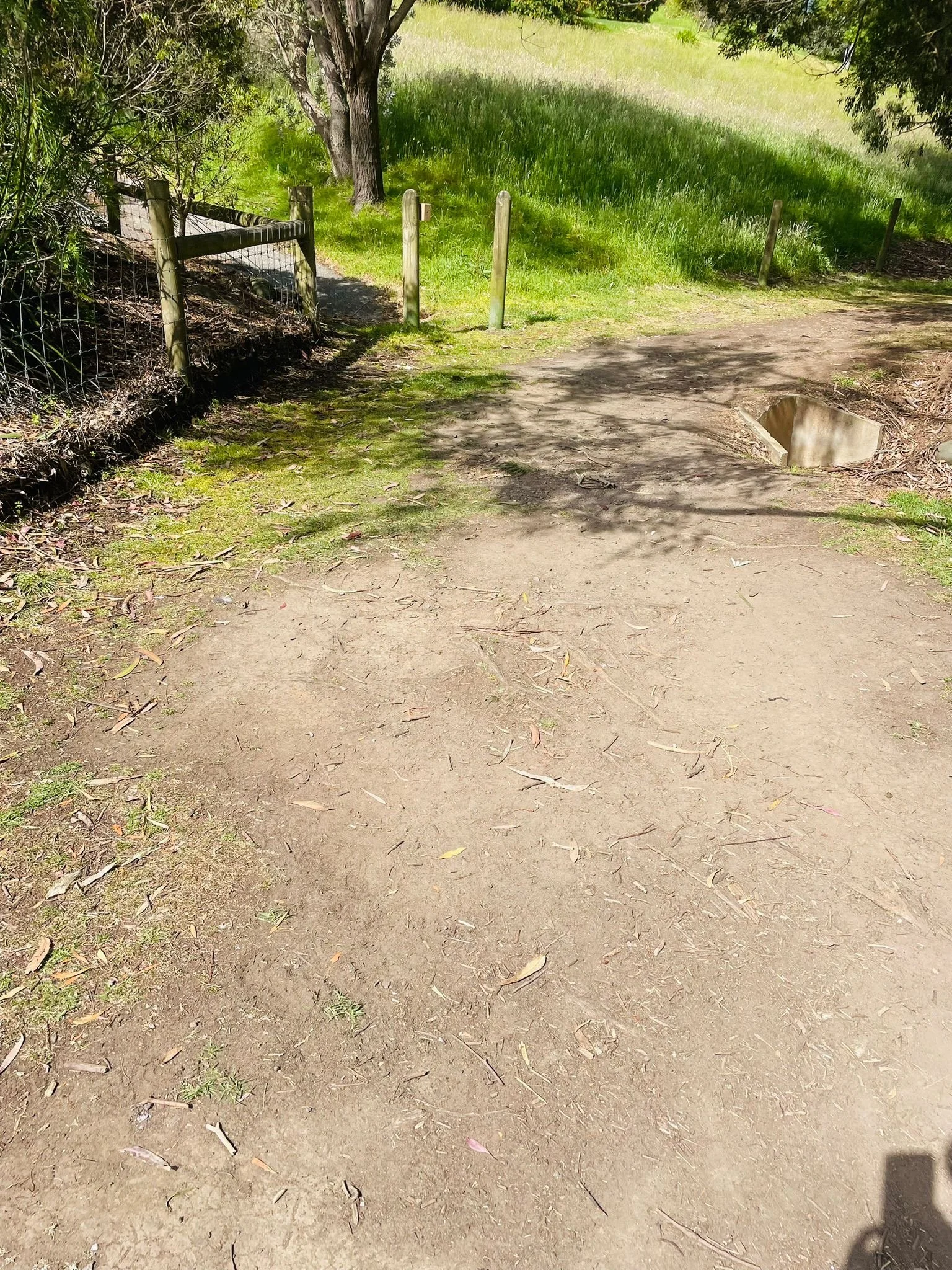21 November 2024
Data is king. It helps us make more informed decisions. Now there is data to share and talk to, as we seek to better understand the degree of visitation to Kennett River…
Earlier this year, the Colac Otway Shire conducted a traffic count which lasted 28 days from 21 March - 18 April 2024. 17,612 total vehicles were recorded entering and exiting our precinct during that period. March/April is not considered the busy summer period, rather the 'shoulder' season. The ADT (average daily traffic) was 629 vehicles x 2.7 passengers (Parks Victoria's standardised count) = 1,698 people per day conservatively. If 2.7 passengers per vehicle is a valid average - then 619,000 annual visitors are expected (not factoring in peak volumes). A fraction of this volume includes campers and residents.
Tourism Research Australia, showed visitation to our region at year end Dec 30 2023 was 6.6 million, of which more than 1 million travelled the Great Ocean Road. Seemingly we are to receive a significant portion of those coming this way.
Hundreds of thousands of people. There are going to be challenges we have to face, factor and deal with…
Following a palpable uptick in poor visitor behaviour, residents were asked to keep a 'visitor impact logbook' to report matters of concern to the relevant agencies, should we wish to raise the issues further ‘up the line’. The agencies involved included DEECA, the Colac Otway Shire, GORCAPA, and Victoria Police.
104 entries have been recorded to date. More than half the entries are wildlife welfare related. The logbook is extensive with photos, videos and licence plates captured where possible and safe to do so. Incidents would far exceed 104 - these are the ones that made it in the logbook. Concerning behaviours included throwing rocks and gravel at koalas, spotlighting, trespassing into private gardens looking for wildlife, visitors making their way onto residents decks to spot animals, shaking branches and climbing trees, a private tour guide on his daily route using a loud whistle to get the kangaroos to hop for his guests, a family trying to feed Eastern Grey kangaroos broccoli, drones over residential areas looking for wildlife, dogs off lead pursuing kangaroos, a crowd patting a koala that was trying to move between trees and licensed tour operators feeding birds - ignoring their obligation for responsible tourism, which is part of their licensing agreements.
What you don’t measure you cannot manage -
how many people are we talking about?
The original intention of the Nature Walk was to disperse visitors from Grey River Road. However, it has created an untenable new set of problems for a vulnerable part of our community, that was previously a refuge for local wildlife, especially the Eastern Grey kangaroo mob.
As requested by KCAG, counters were installed by GORCAPA on June 13th 2024 along the river bank in two separate locations to start monitoring visitation to that area. This followed a significant wildlife event on the June 8th long weekend where a large crowd of 50 - 60 people cornered a joey so close to a fence, it could not clear it. The joey repeatedly jumped into the fence, while onlookers crowded around it taking photos. Large male bucks in fight or flight mode were pursued into private gardens raising safety concerns for residents.
The first counter #E14479 (located on the wetlands gate) is monitoring users of the 250m Kennett River Nature Walk, marked with 14 interpretive signs and no formal end. The walk is advertised as being open 7 days a week and 24 hours a day.
The second counter #E14480 (located at the base of the easement on Hazel Court) is to assess the number of visitors continuing on the informal track, where visitors continue up the river, into the back of the community.
In 161 days:
39,275* passes were made on counter #E14479 or 19,637 people.
33,268* passes were made on counter #E14480 or 16,634 people.
Projections are on track for 44,530 visitors on the Nature Walk within 12 months, of which 37,710 will continue along the informal track. These estimates are conservative as they are based on off-peak numbers collected by the GORCAPA counters.
What we need to be understanding, as a community wanting to preserve and protect the environs is the cumulative effect going forward, to local wildlife and to the valuable **riparian zone. A quick walk of the area and one will see the degradation that is occurring. The images below show the comparison of the riverbank 2 years ago and how it looks now.
Are these numbers appropriate for a small environmentally sensitive residential community? One would have to say no.
The ecological health of the environment is something we should be openly talking about, along with the biodiversity challenges we are already facing, and will continue to face.
Further to this, DEECA has acknowledged there is no bushfire management plan for those walking into the back of the community along the riverbank. While the tour operators can be called and diverted, what happens to the self-drivers who make up more than 60% of the current visitation and may have little understanding of Australian bushfires? We have nothing in place, not even a warning siren to assist.
For our committee, who have been driving these talks this year, this data shows that ***carrying capacity is an indisputable issue, for this small area. It will continue to be an issue and human-animal conflict over confined land use will be inevitable. What used to be a safe foraging corridor for the mob, is now shared with visitors who arrive early in the morning and are still coming well after dusk. Locals seeing worrying behavioural changes; clucking, tail thumping and foraging only at nightfall and unusually close to homes.
When did you last hear the bellowing and grunting calls of koalas mating?
Or how often are you seeing a koala these days?
If you are thinking ‘good, let the animals move on, then so will the visitors’ - you’ve missed the problem we are facing. Native animals not being here, or not being in healthy populations IS the problem. Lost bio-diversity. We need to be doing everything in our power to address this, and with haste. Education is going to be key and will be critical to maintaining healthy wildlife populations. For example, in January of this year there were 3 koalas along the riverbank, now there is one - and one cannot make two.
We saw what that Google pin did to the koala in the triangle. It was unable to move freely for changed food or shelter conditions. An animal welfare issue, plain and simple. One that made us united, uncomfortable and motivated to act, and it worked!
We are sharing this data in the hope we can motivate everyone in the community to get behind the actions necessary to encourage responsible tourism. If we don't, what will Kennett River be like in 3, 5 and 10 years from now?
The best maths you can learn is how to
calculate the future cost of current decisions
If you would like to have a cuppa, anyone on our committee of ten, living in the impacted areas would welcome chatting and answering any questions. Maybe you have some ideas of how we can continue to tackle this beyond proactively working to repair our riparian zone, and beyond our efforts to create an education campaign that will engage others to Keep The Wildlife Wild. This is campaign not only designed for future generations to enjoy and experience Australian wildlife, but for wildlife to have future generations of their own - we hope that we have our whole community behind us on this one.
*Passes are walking west up the riverbank, then returning east to the car park**Riparian zone refers to the land that borders our river. It's a transitional area between the aquatic environment and the land, where the two ecosystems interact. Riparian zones are vulnerable and can be easily degraded. An essential feature of a healthy riparian zone is vegetation. Vegetation provides key ecological functions such as channel bed and bank stability, reduced sediment and nutrients entering the waterway, habitat for wildlife and other biodiversity benefits
***Carrying capacity means the maximum number of people that may visit a tourist destination, without causing destruction of the physical, economic, socio-cultural environment and an unacceptable decrease in the quality of visitors' satisfaction
